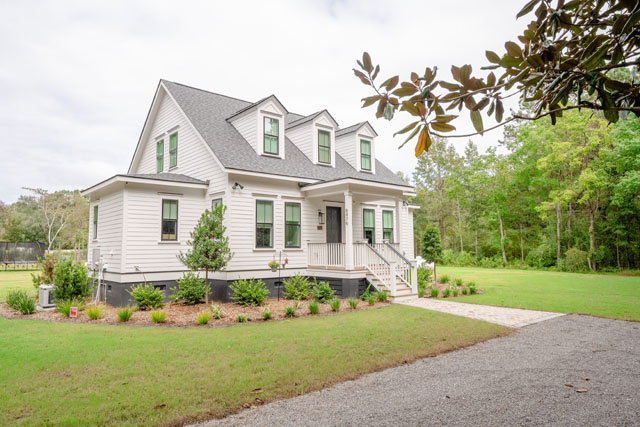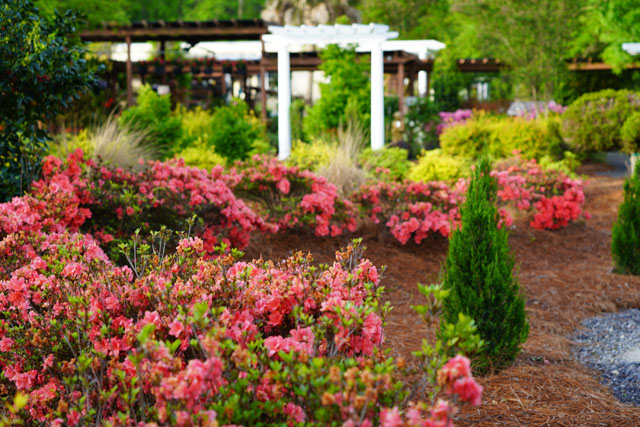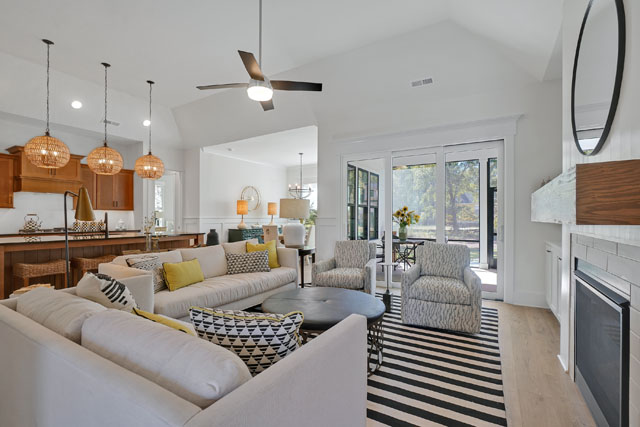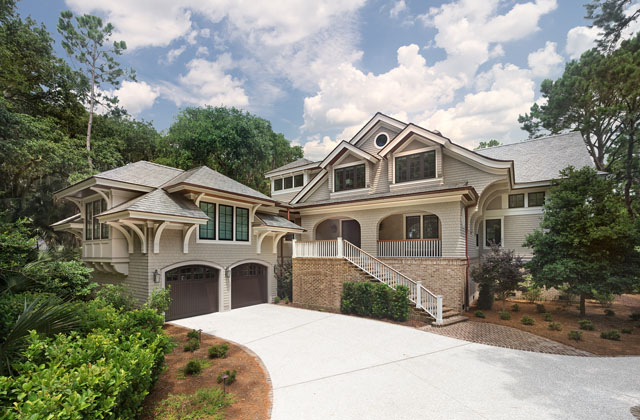The Shape of Things to Come
10 Nov 2016
Tips and advice from our local garden experts
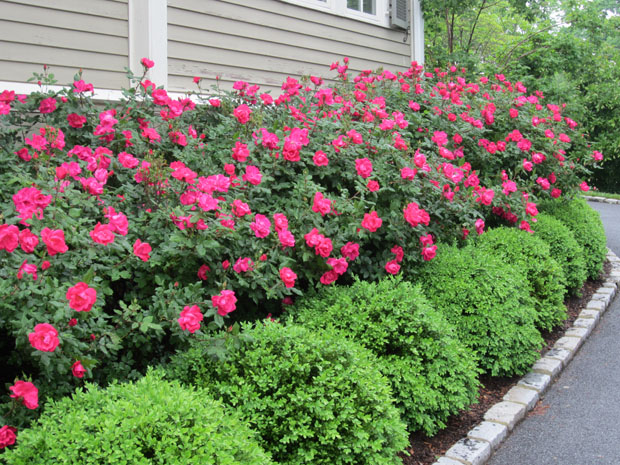
Do regular, geometric shapes have a place in your landscape? Maybe? Perhaps more so than you may have first thought; but please do read on and I'll try to convince you of the value of Pythagorus.
The Circle: What more stately shape than this to create a perfect bed amidst a large area of perfectly clipped lawn? Think of filling this area simply and densely with sweetgrass or long blooming blanket roses or an elegant tree-formed ligustrum. A large urn or planter could find a great home here as well.
The Square: I really like this form for a landing at the bottom of an entry stairway, especially when a different material (as opposed to the path or walkway material) is utilized. All too often I see in existing landscape paths that simply run into the bottom of stairs with no fanfare or special treatment. Look to the square!
The Triangle: Not quite as easily utilized, I will admit. What does come to mind is a traditional bordering technique which utilizes bricks set on angle "piggybacking" the one set ahead of it. The resultant border has a triangular sawtooth look that is timeless in its aesthetic.
The Rectangle: This is such the perfect shape, especially if able to be elongated, for an area of lawn itself surrounded by borders of perennial color or boxwood. It is such a great organizing factor and a simple way to introduce sophistication in the garden.
The Oval: This is perhaps my favorite, while also probably the most underutilized. This shape produced a great patio. Think about metal-edged pea gravel or irregular bluestone as the body of a large or small patio or entry feature.
Use of these geometric shapes can be a great starting point—a way to create organization and a strong focal point. Cleanliness of the bed lines can be key before any plant material is ever introduced.
So do not be timid or afraid (and it's quite all right to stay away from the trapezoids and hexagons for now), and let the shapes lead the way!




